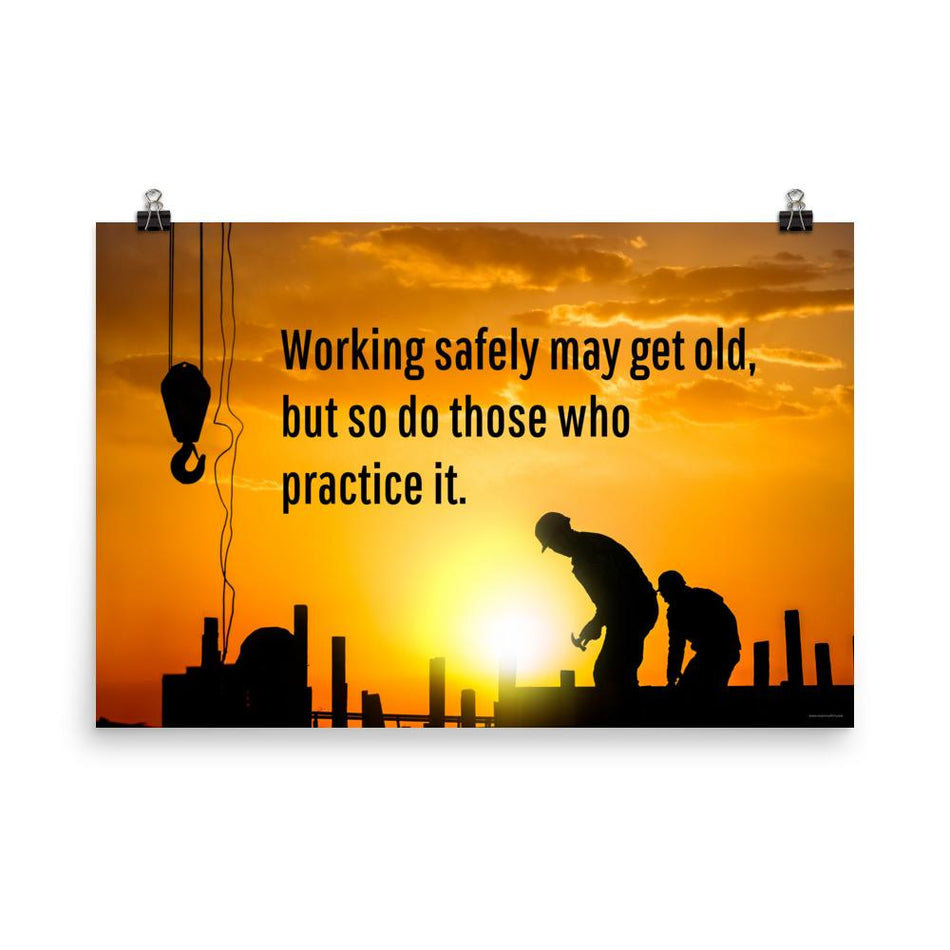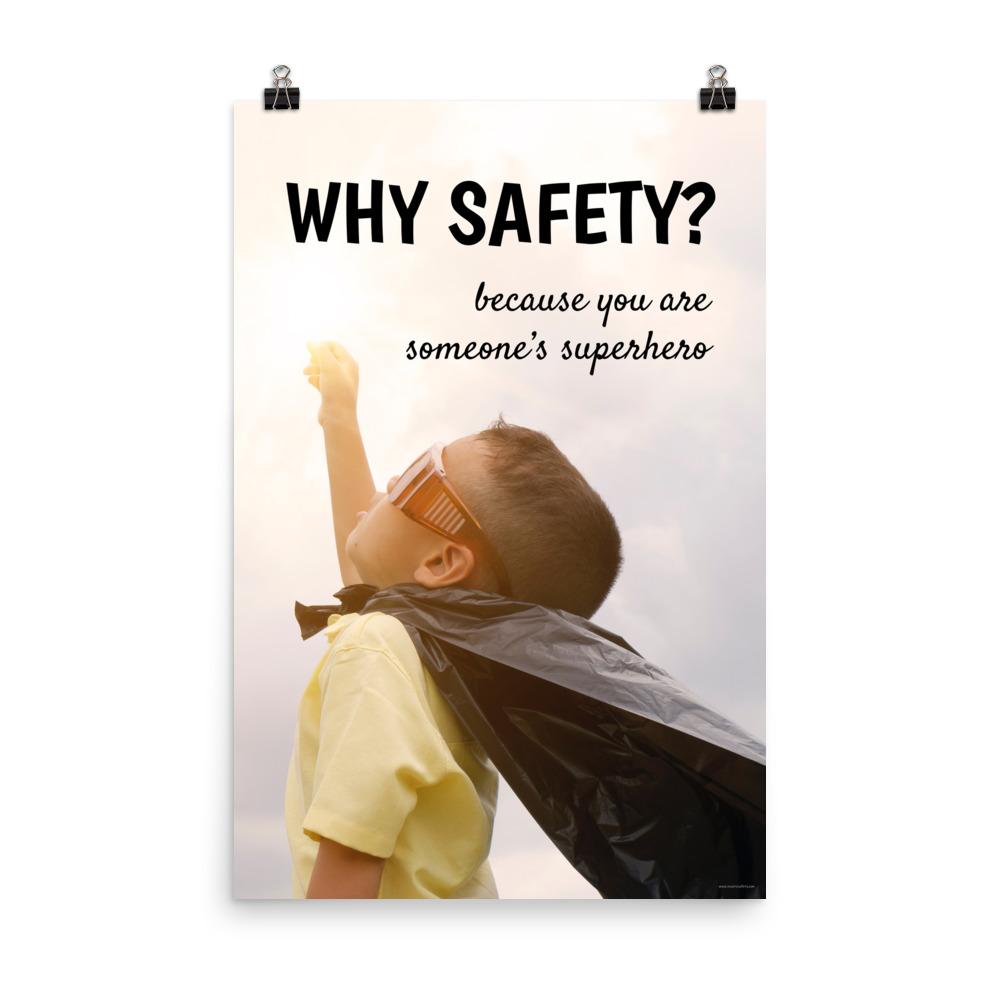Our daily attitude plays a crucial role in how we approach our work, especially when it comes to safety. The mindset you choose can significantly impact your behavior and, in some cases, even determine the difference between a safe and dangerous workplace environment.
Employees with a positive attitude are more likely to stay engaged, prioritize safety, and foster a collaborative work atmosphere. In contrast, a negative attitude can lead to conflicts, increased stress, and unsafe behaviors that may result in accidents or injuries.
Bad days happen, but it’s crucial to understand how a negative attitude can have serious safety implications.
Maintaining a positive attitude at work, particularly in safety-related tasks, is not just beneficial—it's essential. Here are some ways to keep that positive mindset:
-
Engage Actively: Be fully present during compliance training and safety meetings. Listen attentively, and don’t hesitate to ask questions if something isn’t clear. Active engagement ensures you understand the procedures and precautions necessary to stay safe.
-
Take Responsibility: Your safety and the safety of your colleagues are paramount. Always follow the proper procedures to fix or report hazards. Taking ownership of safety creates a culture of care and vigilance.
-
Cooperate and Suggest Improvements: Embrace safety inspections and monitoring processes. If you see areas for improvement, propose your ideas to management. Contributing to a safer workplace benefits everyone.
-
Lead by Example: Demonstrate safe practices, especially to new employees. Never cut corners, even during routine tasks, and encourage your coworkers to adhere to safety protocols as well.
On the flip side, a negative attitude can lead to carelessness, poor judgment, and complacency—all of which can increase the risk of accidents.
As Thomas Jefferson wisely said, “Nothing on earth can stop the person with the right attitude from achieving their goal; nothing on earth can help the person with the wrong attitude.” Strong emotions can arise in the workplace, and it's essential to recognize when they do. Taking a break or encouraging someone else to take one can help manage these emotions before they become overwhelming and compromise safety.
While it’s normal to experience a range of emotions, when they start to distract you from your work, it’s crucial to address the issue. If something at work or in your personal life is significantly affecting you, speak to your manager or a trusted colleague to get the support you need.
Negative attitudes at work aren’t just about being in a bad mood; they can take various forms, each with its own risks:
-
Anti-Authority Attitude: Some people resist being told what to do, leading to rash decisions that can jeopardize safety. It’s important to express concerns positively and constructively, focusing on solutions rather than opposition.
-
Impulsive Attitude: Quick reactions without considering the consequences can be dangerous. While swift actions are sometimes necessary, most situations require thoughtful consideration to avoid unnecessary risks.
-
Invincible Attitude: Workers who believe they are immune to accidents may take unnecessary risks, increasing the likelihood of injury. Confidence is valuable, but it should always be tempered with caution and awareness.
-
Macho Attitude: Those who feel the need to prove themselves may take risks to impress others or refuse to ask for help, leading to potential harm. It’s essential to recognize when teamwork and support are the best paths to success.
-
Defeatist Attitude: Feeling powerless or believing that safety is just a matter of luck can lead to complacency. If you ever feel like nothing you do makes a difference, it’s time to speak up before this attitude endangers yourself and others.
-
Disgruntled Attitude: Constant complaining without action can alienate colleagues and contribute to a negative work environment. It’s better to address issues professionally and constructively, fostering a positive dialogue about necessary changes.
Your attitude at work is your responsibility. No one else can control how you behave, so it’s essential to take ownership of your mindset. If you notice yourself slipping into a negative or hazardous attitude, take the following steps:
-
Identify the Issue: Pinpoint what’s bothering you. It could be personal issues, lack of sleep, or something specific at work.
-
Address the Problem: If it’s within your control, take action. If not, focus on how you can adjust your thoughts and attitude.
-
Monitor Your Attitude: Regularly check in with yourself. If certain situations or people consistently lead to negative feelings, try to minimize those interactions.
Look out for your colleagues too. If you see someone struggling, offer them space, see if you can assist, ensure they continue working safely, and show some understanding. Sometimes, your positive attitude can be the key to helping someone else turn their day around.










